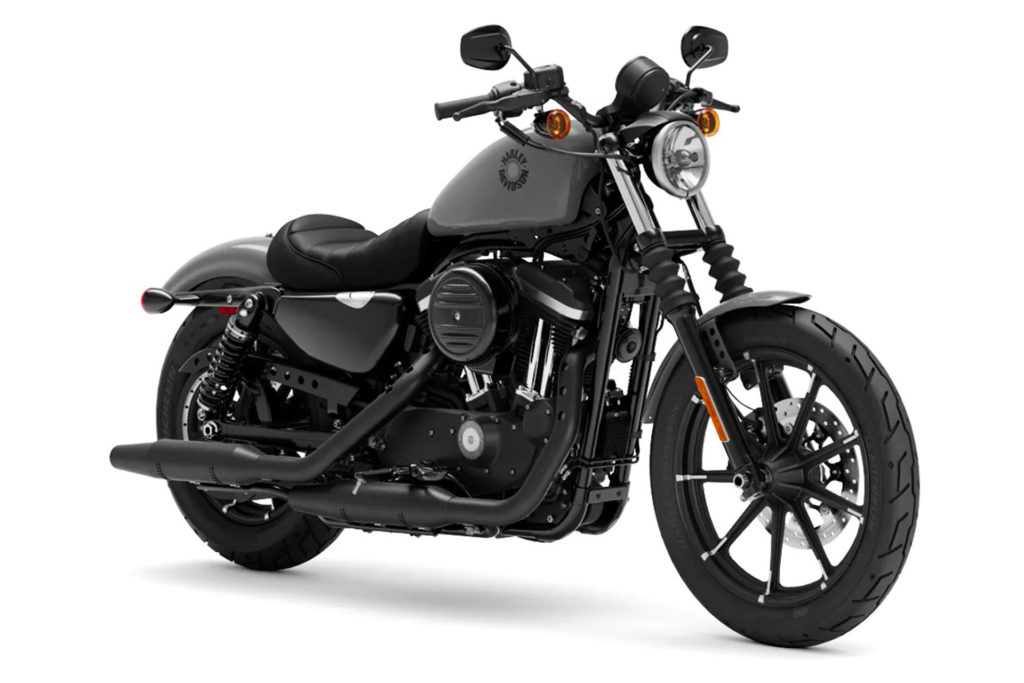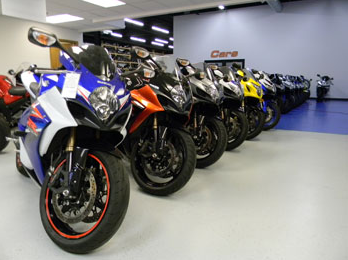Factors Influencing Motorcycle Values
Ah, motorcycles—the ultimate symbol of freedom, adventure, and rebellion on two wheels. Whether you’re a seasoned rider with wind-whipped hair or a curious onlooker captivated by the allure of these sleek machines, one thing’s for sure: motorcycles come with a price tag as varied as their riders’ personalities.
In this blog post, we’re diving deep into the world of motorcycle values. From the iconic Harley-Davidson to the nimble Ducati, we’ll unravel the factors that influence the worth of these two-wheeled wonders. So buckle up (or helmet on), because we’re about to embark on an exhilarating ride through the intricate web of motorcycle valuation.

1. Brand and Reputation:
Let’s kick things off with a bang—or should we say, a rev? When it comes to motorcycle values, brand and reputation reign supreme. Picture this: you’re cruising down the highway on a gleaming Harley-Davidson, feeling like the king of the road. Why? Because Harley-Davidson isn’t just a brand—it’s a legend. With decades of history, unparalleled craftsmanship, and a reputation for reliability, Harley-Davidson motorcycles command top dollar in the market.
But it’s not just about the big names. Brands like BMW and Ducati have carved out their own niches in the motorcycle world, attracting enthusiasts with their innovative technology and unmistakable style. So, whether you’re rocking a Harley, a Beemer, or a Duc, rest assured that your bike’s brand and reputation play a significant role in its value.
2. Age and Condition:
Now, let’s talk numbers—specifically, age and mileage. Just like fine wine, some motorcycles only get better with age. Vintage classics from the ’60s and ’70s evoke nostalgia and command hefty price tags among collectors. Think of them as the James Deans of the motorcycle world—timeless, iconic, and oh-so-desirable.
On the flip side, mileage can be a double-edged sword. While low mileage may indicate a well-preserved gem, high mileage can raise eyebrows and lower resale value. But hey, don’t let those miles deter you—after all, a motorcycle’s true worth isn’t measured in odometer readings, but in the adventures it’s seen and the stories it holds.
3. Condition and Maintenance::
Now, let’s get down and dirty—literally. The condition of your motorcycle can make or break its value faster than you can say “oil change.” From pristine showroom models to well-loved cruisers with a few battle scars, each motorcycle has its own story to tell.
But here’s the kicker: maintenance matters. A well-maintained motorcycle not only runs smoother but also holds its value better over time. So, whether you’re a DIY expert tinkering in your garage or a loyal customer at the local dealership, regular maintenance is key to preserving your bike’s worth.
4. Customization and Upgrades:
Who says you can’t have your cake and eat it too? When it comes to motorcycles, customization and upgrades are the cherry on top. From flashy paint jobs to performance-enhancing mods, customizations can add a unique flair to your ride and boost its value in the eyes of buyers.
But buyer beware—not all customizations are created equal. While tasteful upgrades may increase your bike’s appeal, over-the-top modifications can turn potential buyers away faster than you can say “neon pink flames.” So, choose wisely and remember: sometimes less is more.


